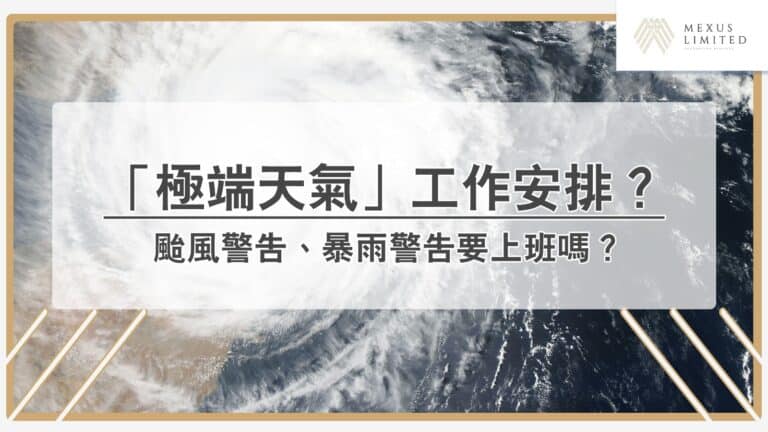What are the “Three Treasures of Tax Deduction”? Tax returns: Voluntary Health Insurance, TVC MPF, Deferred Annuity

When the annual tax season comes, many people will be looking for ways to save tax. In fact, the Hong Kong government has launched three tax-deductible items, commonly known as the “three treasures of tax deduction”, as early as 2019. They are the Voluntary Health Insurance Scheme ( VHIS), MPF Tax Deductible Voluntary Contribution (TVC), and Qualified Deferred Annuity (QDAP), the following is an introduction to them.
What are the “Three Treasures of Tax Deduction”?
The so-called “three treasures of tax deduction” in the market actually refer to the “Voluntary Health Insurance Scheme”, “Qualified Deferred Annuity” and “MPF Tax Deductible Voluntary Contributions” to advocate more retirement and medical protection for the public. In addition, it can also benefit from taxation.
Fortunately, in the year of assessment 2019/20, the Hong Kong government announced three new tax-deductible items, namely the above-mentioned “three treasures of tax deduction”. Starting from 2019, after purchasing related products, citizens can enjoy a total of the three items. The tax deduction is capped at HK$68,000. As long as it can be used flexibly, it can help save taxes.
Voluntary Health Insurance Scheme (VHIS) Tax Deduction
Initially, the Food and Health Bureau proposed the Voluntary Health Insurance Scheme (VHIS) in April 2019. As a public medical measure, the purpose of the plan is to encourage Hong Kong citizens to invest more in personal hospital insurance. On the one hand, it reduces the overall load on the public medical system.
In order to promote the Voluntary Health Insurance Scheme (VHIS), the government has also cooperated with the introduction of “tax deductions” as an incentive for the public. In the health insurance product market, the only eligible tax-deductible products are the Voluntary Health Insurance Scheme.
If you want to take advantage of the Voluntary Health Insurance Scheme (VHIS) tax deduction, policyholders need to fill in this item as a tax deduction when filing tax returns, or online. Under the guidance of the Inland Revenue Department, the maximum deduction limit is HK$8,000 based on the premium expenditure of each insured person, and there is no upper limit on the number of insured persons.
However, when applying for a tax deduction, you must pay attention to whether the insured is a specified relative of the policyholder, such as parents, children, etc.
The only thing to note is that if you want to use the insured’s premiums to apply for a tax deduction, the insured must be a specified relative of the policyholder. Grandparents or maternal grandparents, etc., otherwise may not be accepted.
Mandatory Provident Fund Contributions (MPF) Tax Deduction
The second tax-deductible item is the Mandatory Provident Fund (MPF). Although the MPF tax deduction item has always existed in the past, since the policy update on December 1, 2000, every eligible taxpayer/wage earner can use the monthly mandatory MPF contribution (5% of income) for tax deduction purposes. The government said the move could ease the burden of social welfare and help citizens plan for retirement.
The monthly tax deduction ceiling for MPF contributions is the same as the contribution ceiling, which is HK$1,500; that is, the maximum tax deduction is HK$18,000 per year.
In addition, since April 2019, taxpayers can also deduct tax from the TVC account – “Tax Deductible Voluntary Contribution Account”, and once the taxpayer has not purchased a qualifying tax refund annuity, the maximum deduction amount of the TVC contribution account The upper limit is HKD 60,000. It is important to remember that if you want to claim both annuity and MPF contribution deductions at the same time, you must deduct the MPF voluntary contributions first, and then deduct the qualifying annuity premiums.
Qualifying Deferred Annuity (QDAP) Tax Deduction
As a common retirement wealth management product, a qualified deferred annuity has become a tax-deductible item since April 2019. As long as the designated annuity is insured, tax deduction can be applied.
With qualifying annuity tax deduction, there is no upper limit on the number of policy applications, but the total maximum deduction per year is HK$60,000, and the policyholder and his/her spouse can freely distribute the number of policies or premiums paid.
The above information is for reference only. If you have any questions about tax declaration and accounting, we welcome your inquiries.




